Home>Garden Essentials>How To Seed A Cucumber
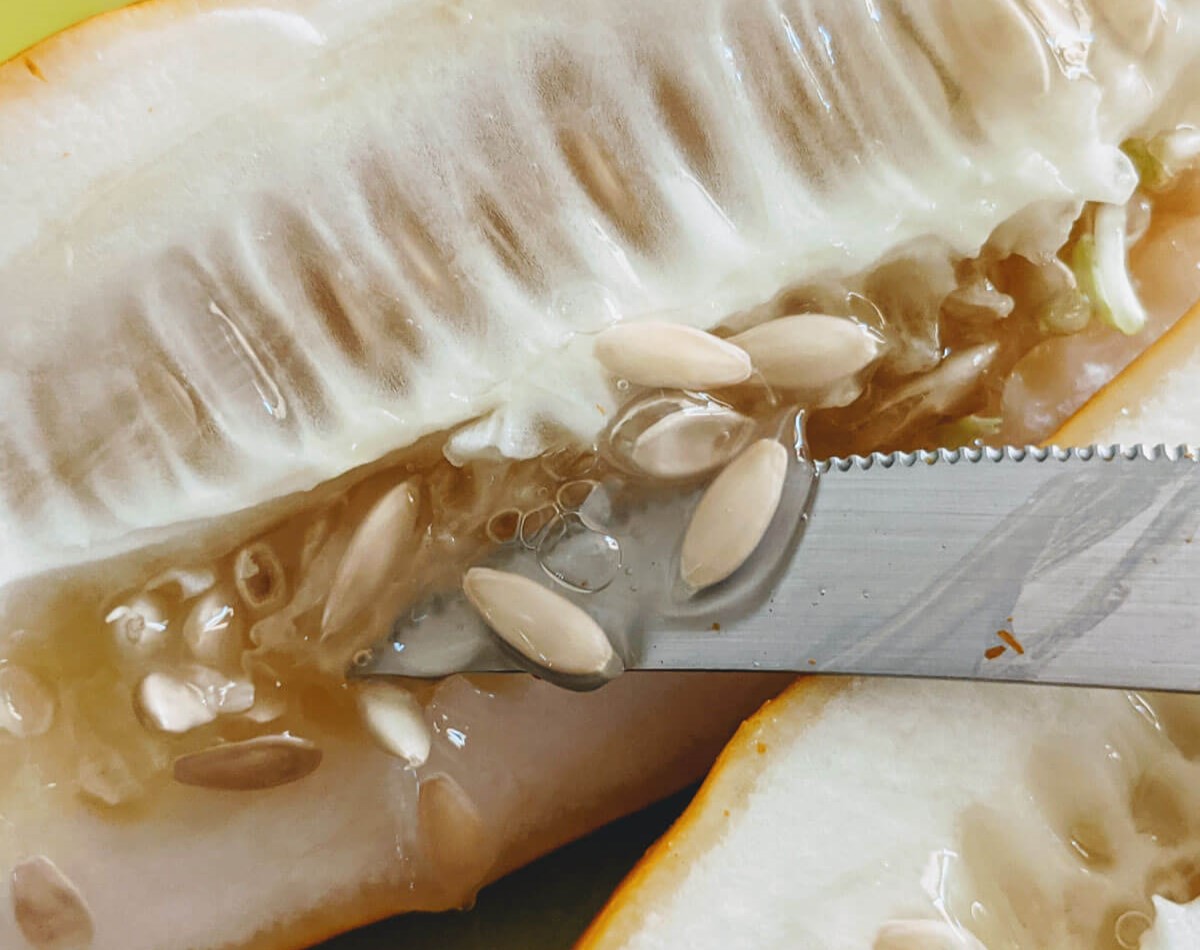

Garden Essentials
How To Seed A Cucumber
Modified: August 24, 2024
Learn how to seed a cucumber in your garden with our step-by-step guide. Find out the best techniques to ensure a successful harvest.
(Many of the links in this article redirect to a specific reviewed product. Your purchase of these products through affiliate links helps to generate commission for Storables.com, at no extra cost. Learn more)
Introduction
Seeding a cucumber is an essential skill for any gardener or vegetable enthusiast. Whether you’re looking to save seeds for future planting or simply prefer a seedless cucumber for culinary purposes, knowing the proper technique is key. In this article, we will guide you through the step-by-step process of seeding a cucumber, from selecting the right cucumber to storing the seeds for later use.
Seeding a cucumber not only allows you to control the quality of the seeds but also helps improve the taste and texture of the cucumber. By removing the seeds, you eliminate the risk of bitterness and make it easier to use the cucumber in various recipes. So, without further ado, let’s dive into the world of cucumber seeding and discover how to get the most out of this versatile vegetable.
Key Takeaways:
- Choose firm, large, and vibrant cucumbers for seeding. Wash, trim, cut, and remove seeds for a smoother texture. Save and store seeds for future planting in a cool, dry place.
- Seeding a cucumber allows for seedless varieties and future planting. Enjoy seedless cucumbers for cooking and salads, or save seeds for gardening adventures.
Read more: How To Preserve Cucumber Seeds
Step 1: Choosing the Right Cucumber
The first step in seeding a cucumber is to choose the right cucumber for the task. Not all cucumbers are ideal for seeding, as some varieties are specifically bred to be seedless. It’s important to select a cucumber that has matured fully and has developed seeds.
When choosing a cucumber for seeding, look for the following qualities:
- Size: Opt for cucumbers that are larger in size, as they are more likely to have fully developed seeds.
- Firmness: Gently squeeze the cucumber to ensure it is firm and free from any soft or mushy spots. A firm cucumber indicates that the seeds inside have developed properly.
- Color: The color of the cucumber should be vibrant and uniform. Avoid cucumbers that are overly yellow or have blemishes.
- Weight: A heavier cucumber suggests that it contains more seeds, so choose one that feels weighty in your hand.
It’s also worth considering the type of cucumber you prefer. There are different cucumber varieties, such as English cucumbers, Persian cucumbers, or pickling cucumbers. Each variety may offer slightly different flavors and textures, so choose one that suits your taste preferences.
Once you’ve chosen the perfect cucumber, you’re ready to move on to the next step: preparing the cucumber for seeding.
Step 2: Preparing the Cucumber
Before you can start seeding a cucumber, it’s essential to properly prepare it. Preparing the cucumber involves washing it to remove any dirt or contaminants and trimming off the ends.
To prepare the cucumber, follow these steps:
- Wash the cucumber: Rinse the cucumber under cool tap water to remove any surface dirt or debris. Gently scrub the cucumber with a vegetable brush to ensure thorough cleaning.
- Trim the ends: Using a sharp knife, trim off both ends of the cucumber. This step is optional, but it can improve the appearance and make it easier to handle.
Once you have washed and trimmed the cucumber, it’s time to move on to the next step: cutting the cucumber.
Step 3: Cutting the Cucumber
After preparing the cucumber, the next step is to cut it into the desired shape and size. Whether you prefer slices, chunks, or diced cucumber, the cutting technique remains the same.
Follow these steps to cut the cucumber:
- Decide on the shape: Determine how you want to use the cucumber in your recipe or salad. If you’re unsure, slicing the cucumber is a versatile option that works well in various dishes.
- Place the cucumber on a cutting board: Lay the cucumber horizontally on a clean cutting board. Maintain a firm grip on the cucumber to prevent it from rolling away.
- Hold the knife: Use a sharp knife and hold it with your dominant hand. Rest your other hand (non-dominant hand) on top of the cucumber to stabilize it.
- Start cutting: Begin by making a straight downward cut through the cucumber. Apply gentle pressure to ensure a smooth and even cut. Repeat this process until you have achieved your desired shape.
Remember to exercise caution while handling the knife to avoid any accidents. Take your time and maintain a steady cutting motion to achieve precise and even cucumber pieces.
With the cucumber cut to perfection, it’s time to move on to the next step: removing the seeds.
To seed a cucumber, cut it in half lengthwise and use a spoon to scoop out the seeds. This will make the cucumber less watery and more enjoyable to eat.
Step 4: Removing the Seeds
Now comes the crucial step of removing the seeds from the cucumber. By getting rid of the seeds, you’ll eliminate any potential bitterness and achieve a smoother texture in your cucumber dishes.
Follow these steps to remove the seeds from the cucumber:
- Cut the cucumber in half lengthwise: Take the knife and carefully cut the cucumber in half lengthwise, creating two long halves.
- Scrape out the seeds: Use a spoon or a melon baller to gently scrape out the seeds from the center of each cucumber half. Start at one end and work your way to the other, removing all the seeds as you go.
- Discard the seeds: Once you have removed the seeds, discard them in a compost bin or dispose of them as desired.
Be sure to scrape the seeds thoroughly, ensuring that no seeds remain in the cucumber halves. This will prevent any unwanted bitterness and make the cucumber more enjoyable to eat.
After successfully removing the seeds, you can choose to leave the cucumber halves as they are or further cut them into your preferred shape and size.
Next, we’ll move on to an optional step for seed enthusiasts: saving the seeds for future planting or use.
Read more: How To Plant A Cucumber Seed
Step 5: Saving the Seeds
If you’re interested in growing your own cucumbers or saving seeds for future use, this optional step is for you. Saving cucumber seeds allows you to preserve the characteristics of a specific variety and continue growing them year after year. Here’s how you can save the seeds:
- Prepare the seeds: Take a spoon or your fingers and gently separate the seeds from the surrounding flesh. If the seeds are still wet or sticky, you can wash them briefly under running water and pat them dry with a paper towel.
- Dry the seeds: Place the seeds on a clean and dry surface, such as a paper plate or a mesh screen, ensuring they are spread out in a single layer. Allow the seeds to dry completely for a few days in a well-ventilated area.
- Store the seeds: To store the seeds, transfer them to a small envelope or a labeled seed packet. Make sure to seal it tightly and store it in a cool, dry place, such as a pantry or a refrigerator. Properly stored cucumber seeds can last for several years.
Remember to label the seeds with the variety and the date of collection. This will help you keep track of the seeds and ensure you’re using the freshest ones for planting in the future.
It’s worth noting that cucumber seeds may cross-pollinate with other cucumber varieties in your garden. If you’re aiming to maintain the purity of a specific variety, consider isolating the cucumber plants or hand-pollinating them to avoid accidental cross-pollination.
Now that you’ve learned how to save cucumber seeds, let’s proceed to the final step: storing the seeds for future use.
Step 6: Storing the Seeds
Properly storing cucumber seeds is essential to maintain their viability and ensure successful germination when you’re ready to plant them. Follow these steps to store your cucumber seeds:
- Prepare the storage container: Choose a clean and dry container for storing the seeds. An airtight glass jar or a sealed plastic bag works well. Make sure the container is labeled with the variety and date of collection.
- Ensure dry conditions: Before placing the seeds in the container, ensure they are completely dry. Moisture can lead to mold or rot, reducing the seed’s viability. If any moisture is present, let the seeds air dry for a few more days.
- Place silica gel packets: To prevent moisture buildup, you can add silica gel packets to the seed container. These packets help absorb excess moisture and maintain the dryness of the seeds.
- Store in a cool location: Cucumber seeds require cool temperatures for long-term storage. Find a cool and dark location to store the container, such as a basement or a refrigerator. Avoid areas that are subject to temperature fluctuations or high humidity.
- Monitor periodically: Periodically check the stored seeds for any signs of mold or deterioration. If you notice any issues, remove affected seeds and replace them with fresh ones.
Properly stored cucumber seeds can remain viable for several years, giving you the opportunity to plant them in future growing seasons. Just remember to keep the storage container in a safe and consistent environment.
Congratulations! You have successfully learned how to seed a cucumber, from choosing the right cucumber to storing the seeds. Now you can enjoy seedless cucumbers for culinary purposes or save the seeds for future gardening endeavors. Happy gardening!
Conclusion
Seeding a cucumber is a valuable skill that allows you to control the quality and taste of this versatile vegetable. By following the steps outlined in this article, you can successfully seed a cucumber and enjoy a seedless variety for culinary use or save the seeds for future planting.
Choosing the right cucumber is the first step towards successful seeding. Look for cucumbers that are firm, large, and vibrant in color. Once you have selected the perfect cucumber, wash it thoroughly and trim the ends to prepare it for seeding.
Next, cut the cucumber into the desired shape and size. Whether you prefer slices, chunks, or diced cucumber, precise and even cuts can enhance the visual appeal of your dishes.
Removing the seeds is a critical step to eliminate any potential bitterness and achieve a smoother texture. Carefully scrape out the seeds from the cucumber halves using a spoon or a melon baller.
If you want to save the seeds for future planting, ensure they are properly prepared and dried before storing them in a labeled and sealed container. Store the seeds in a cool and dark location to maintain their viability.
Remember to periodically monitor the stored seeds to ensure their quality and replace any seeds that show signs of deterioration.
Seeding a cucumber opens up a variety of culinary possibilities and gardening opportunities. Whether you’re creating refreshing salads, pickling cucumbers, or growing your own produce, knowing how to seed a cucumber gives you greater control over your garden and kitchen. Now that you have mastered this technique, it’s time to put it into practice and enjoy the delicious results. Happy seeding!
Frequently Asked Questions about How To Seed A Cucumber
Was this page helpful?
At Storables.com, we guarantee accurate and reliable information. Our content, validated by Expert Board Contributors, is crafted following stringent Editorial Policies. We're committed to providing you with well-researched, expert-backed insights for all your informational needs.
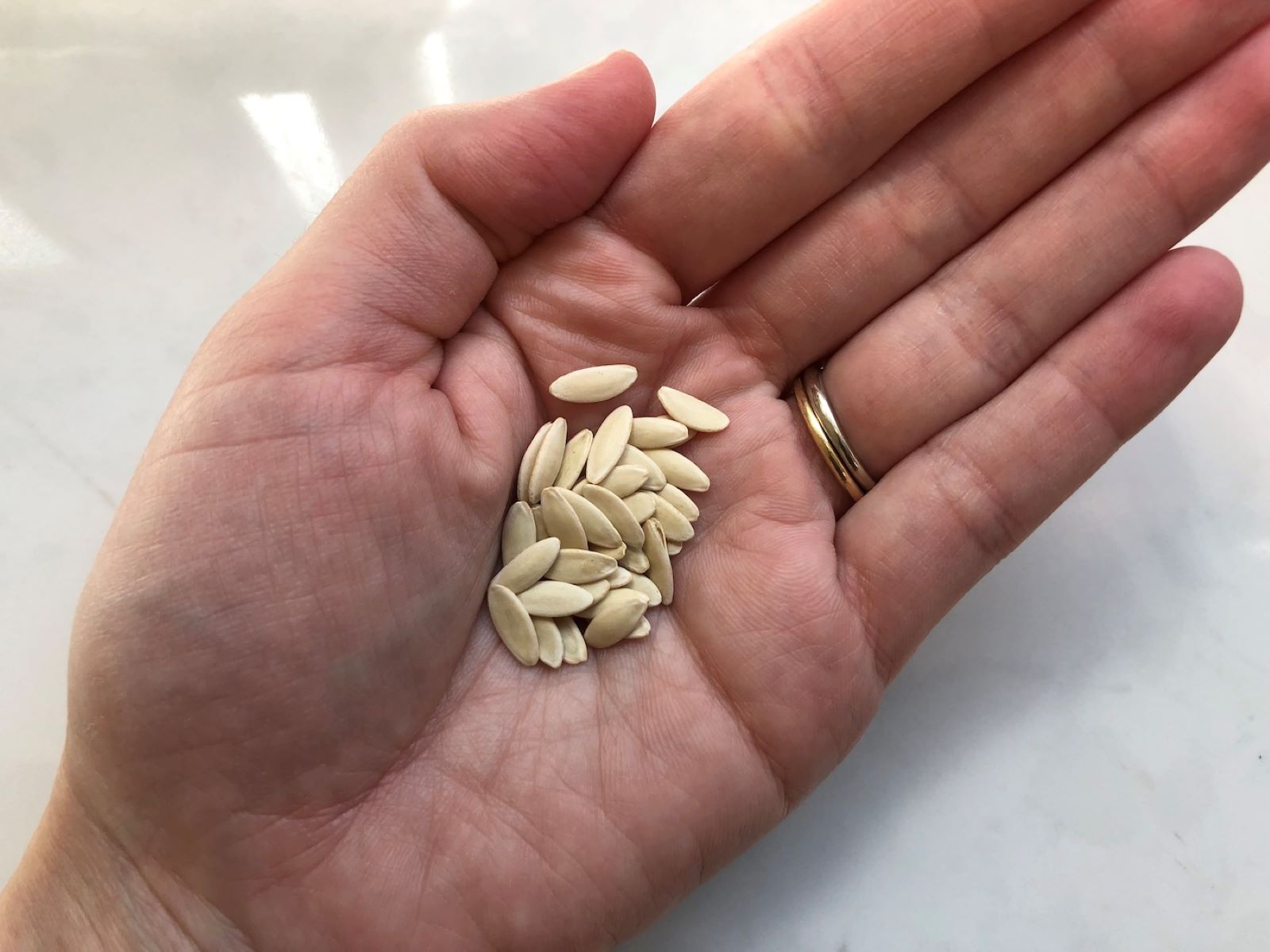
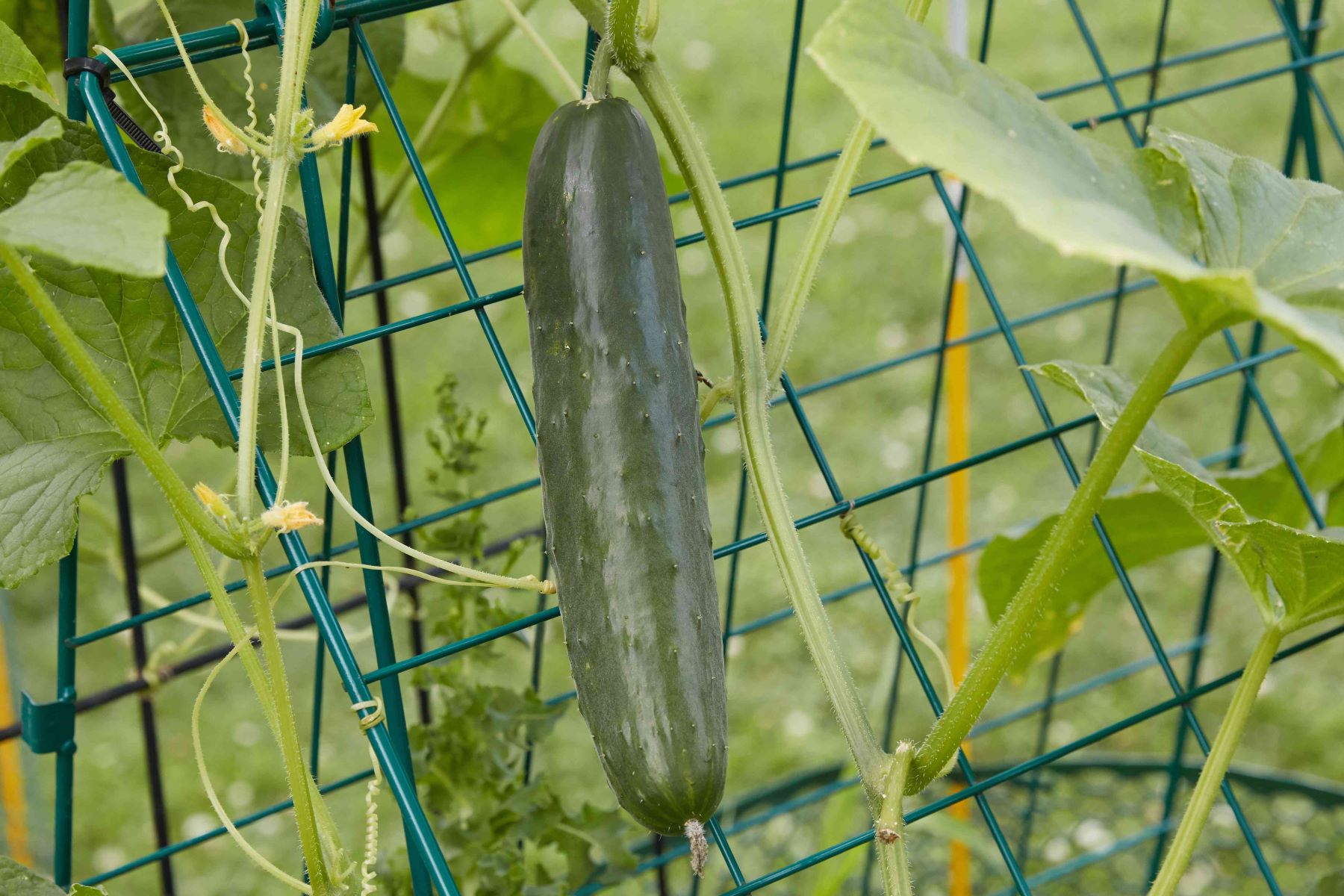
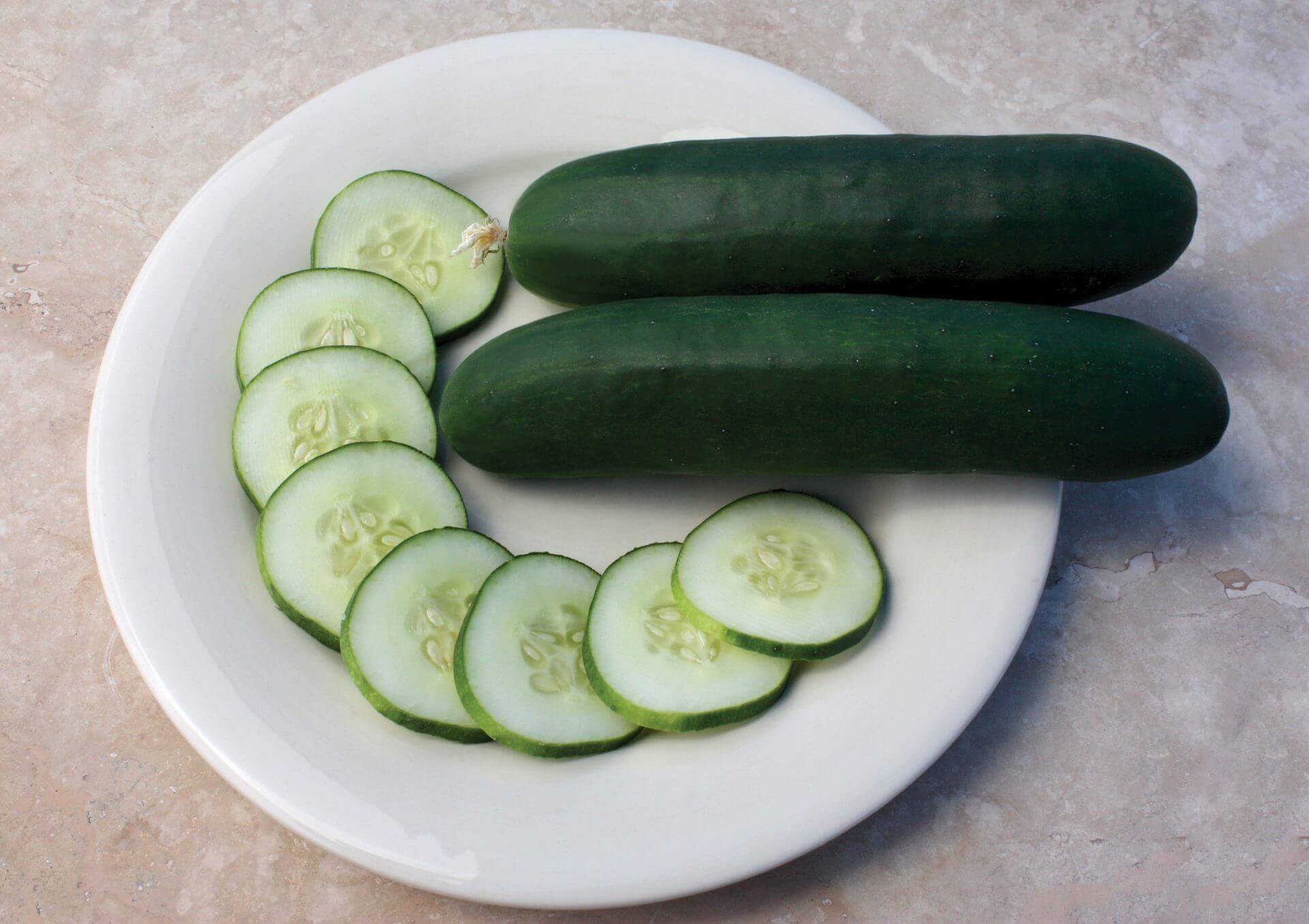
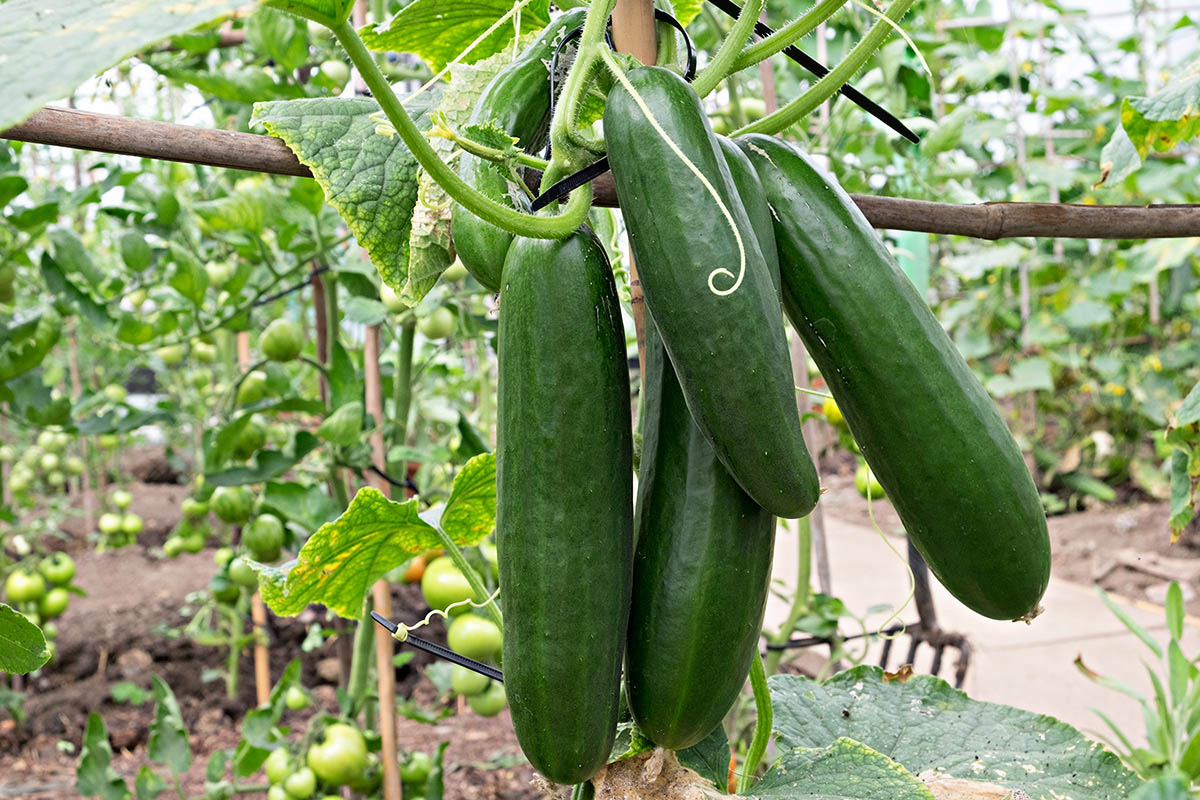
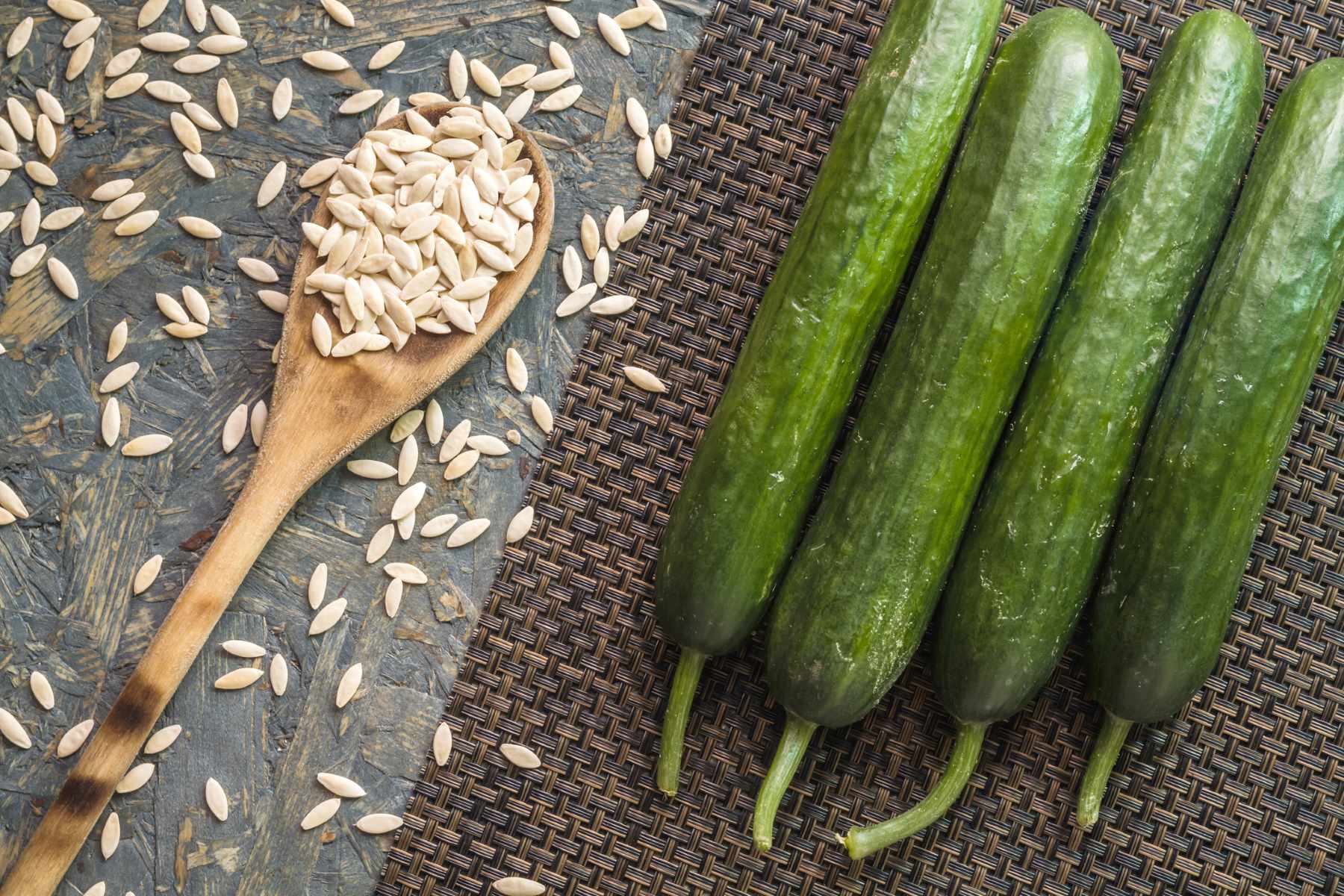
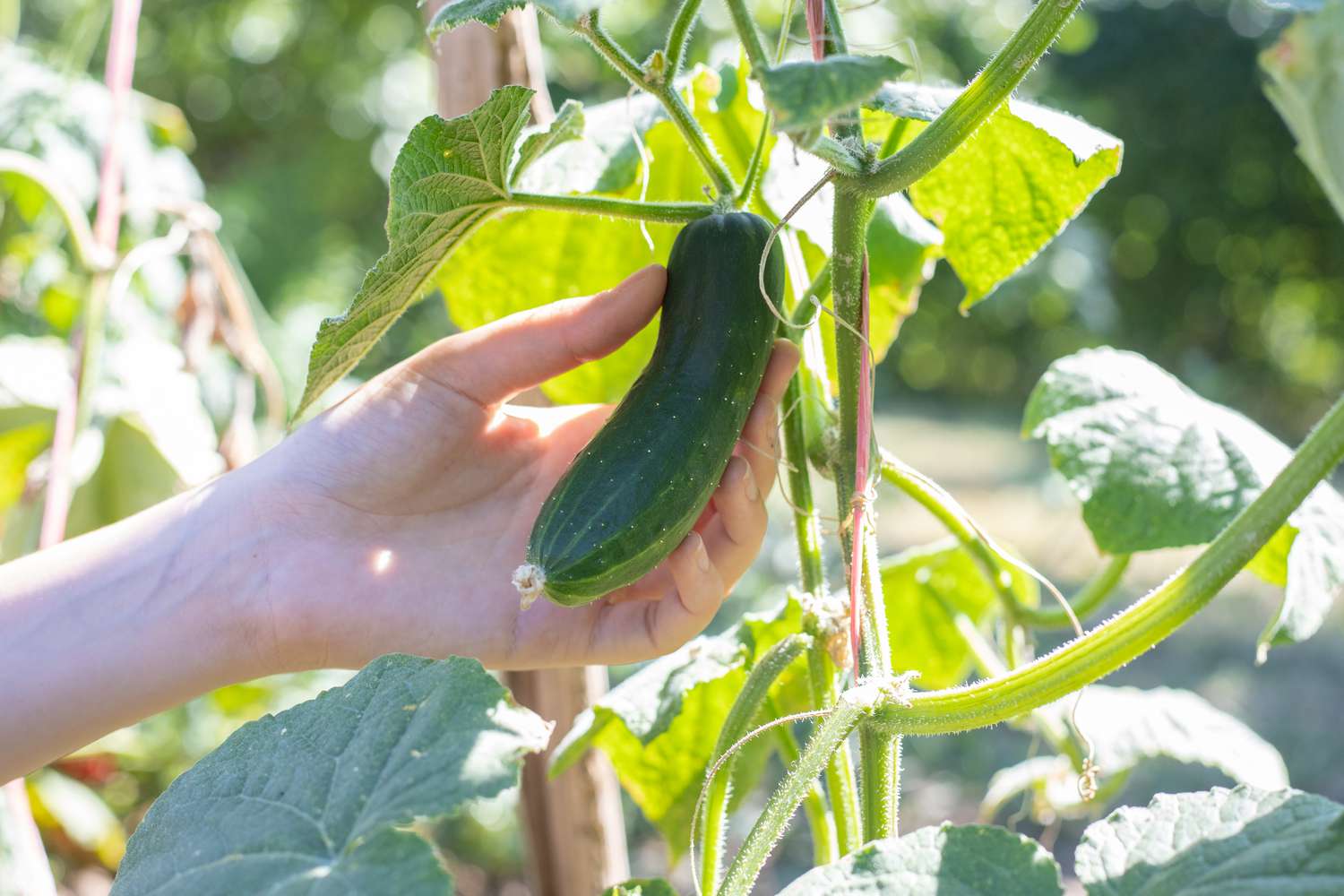
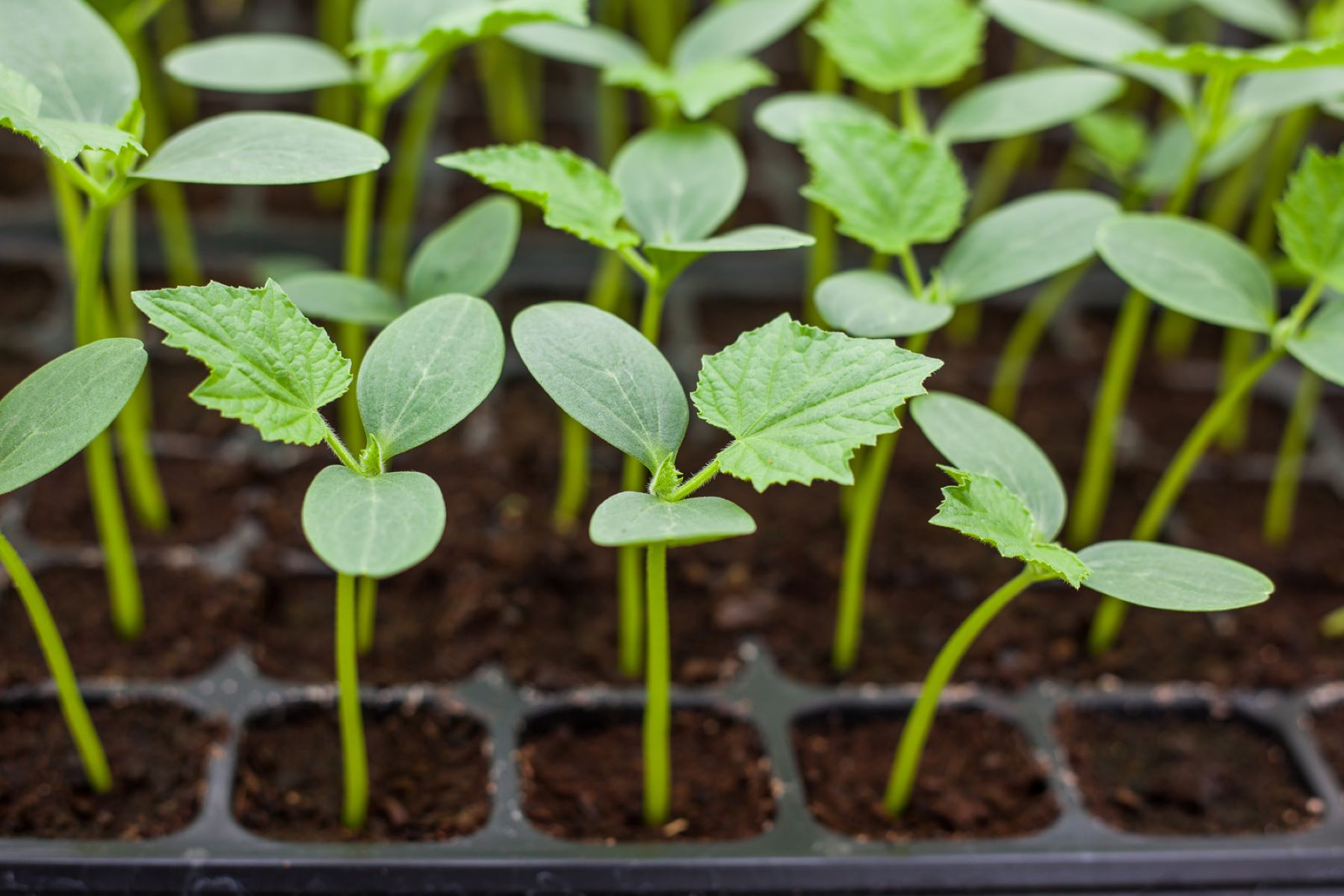
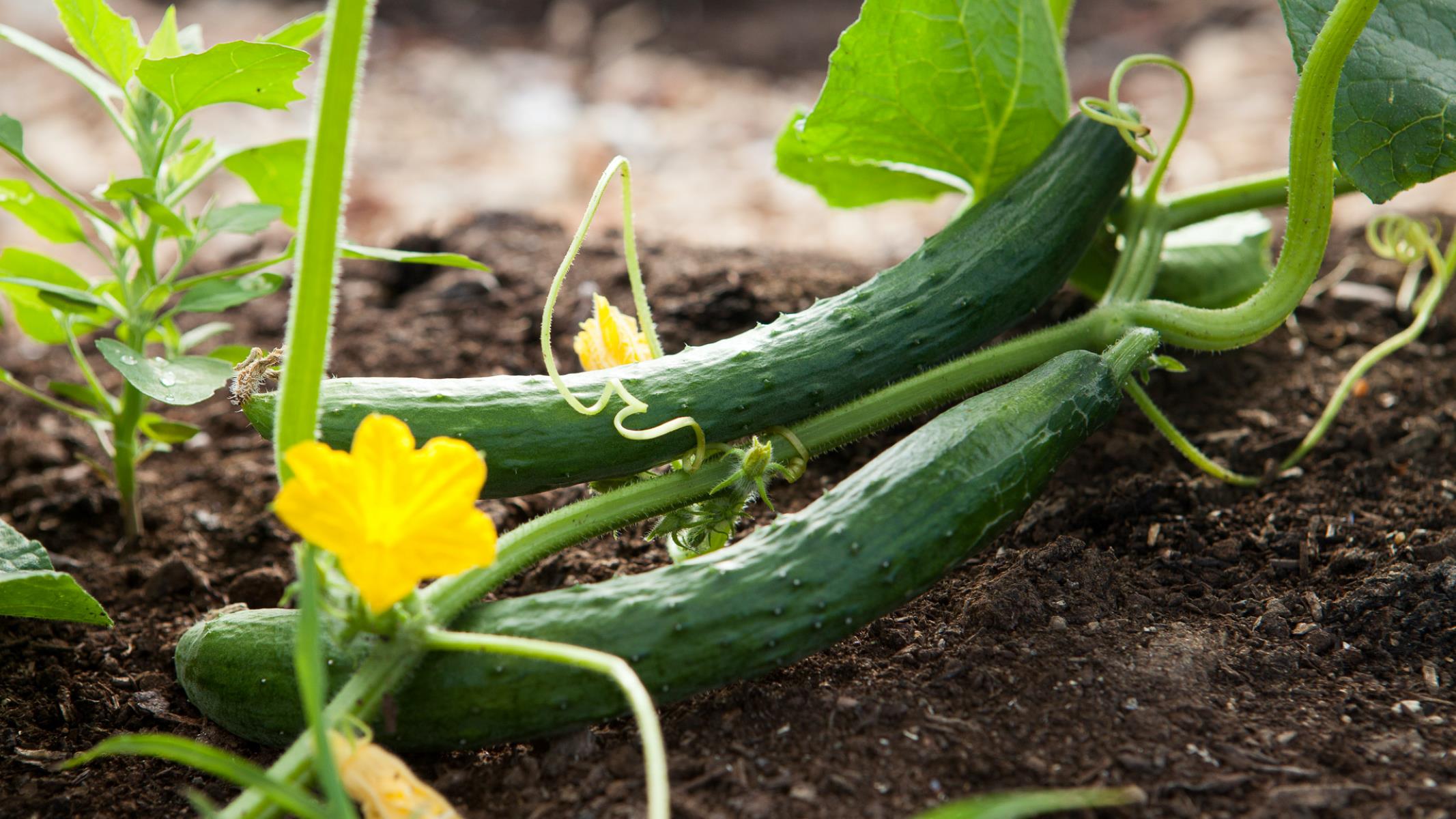
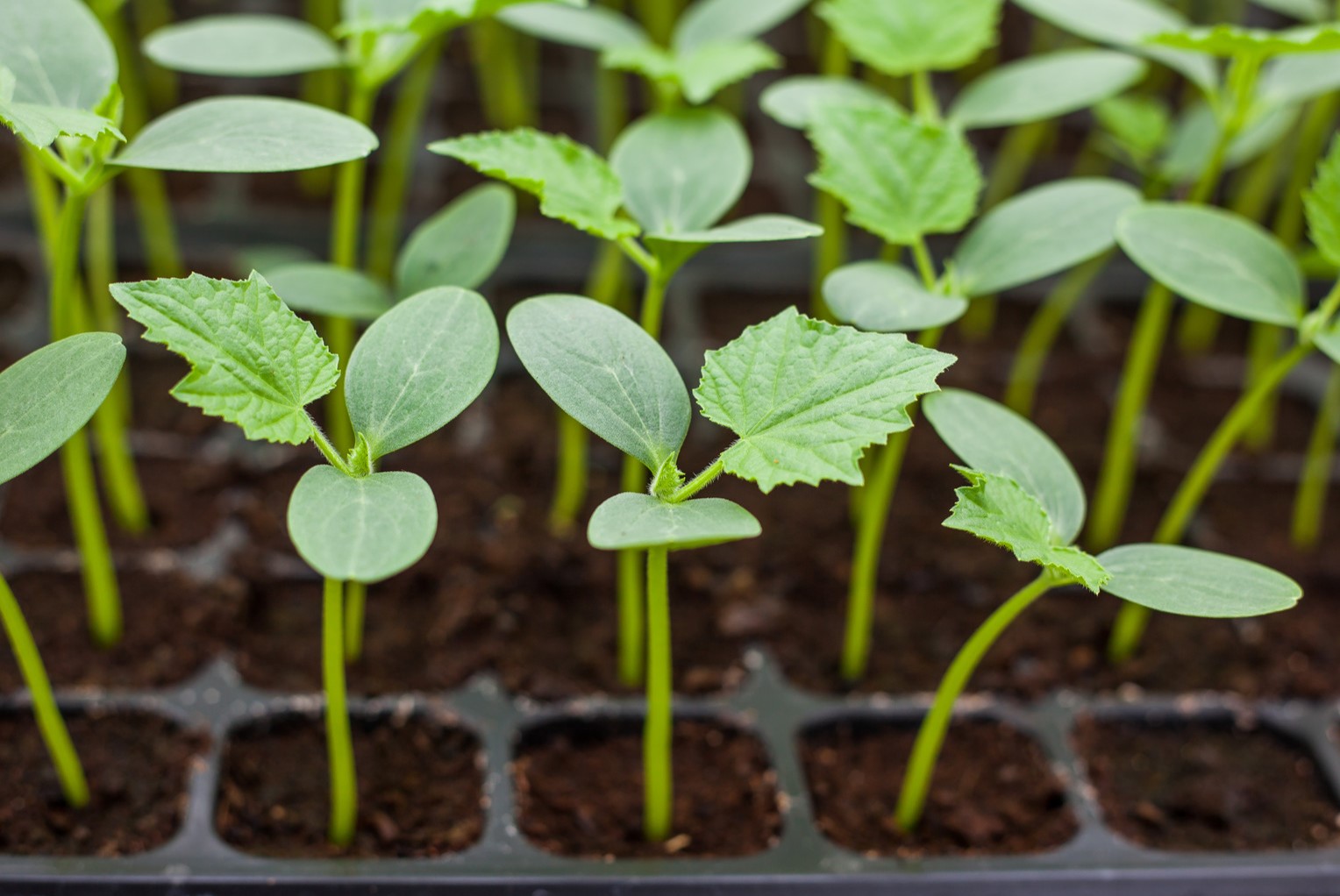
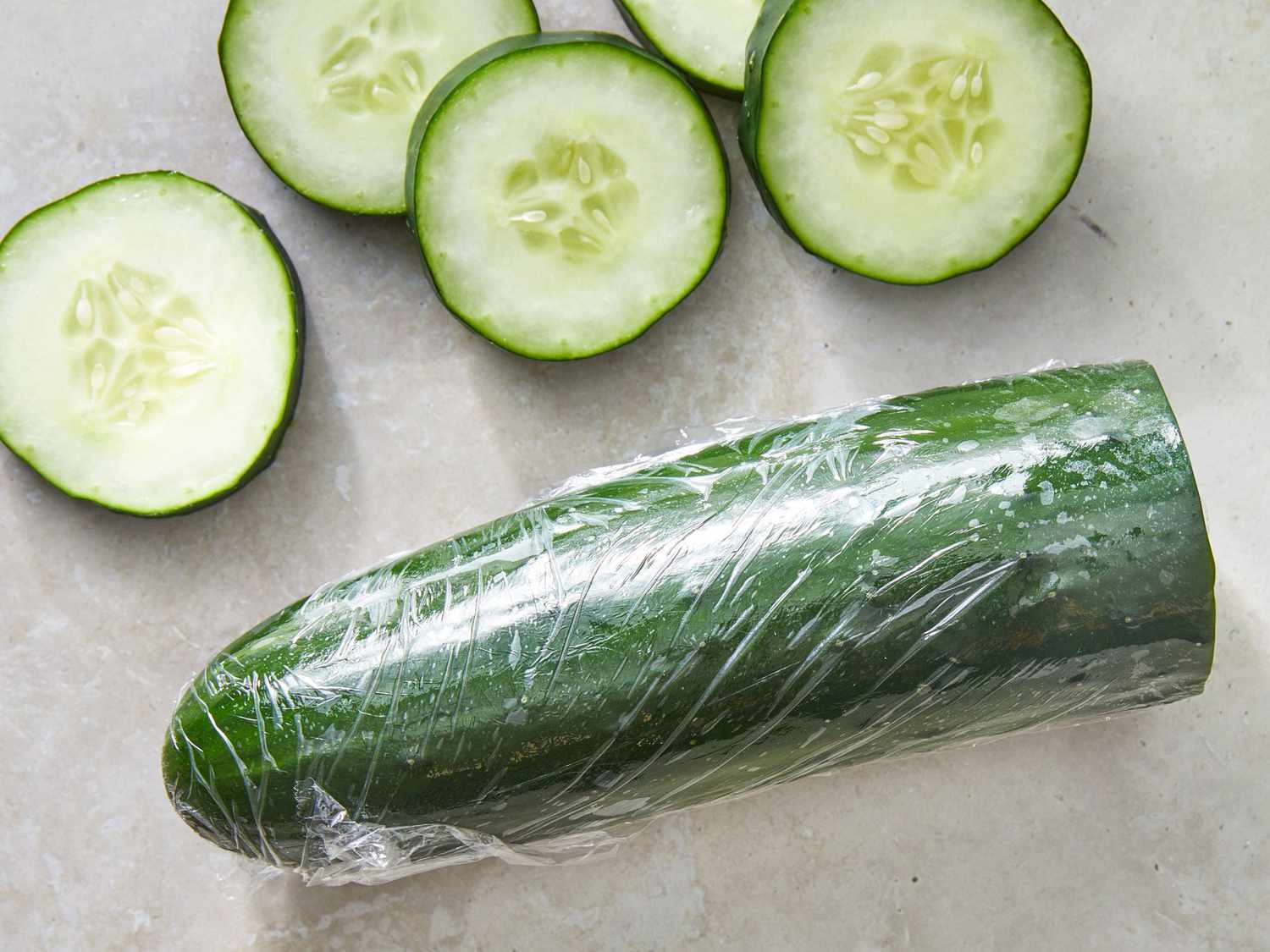
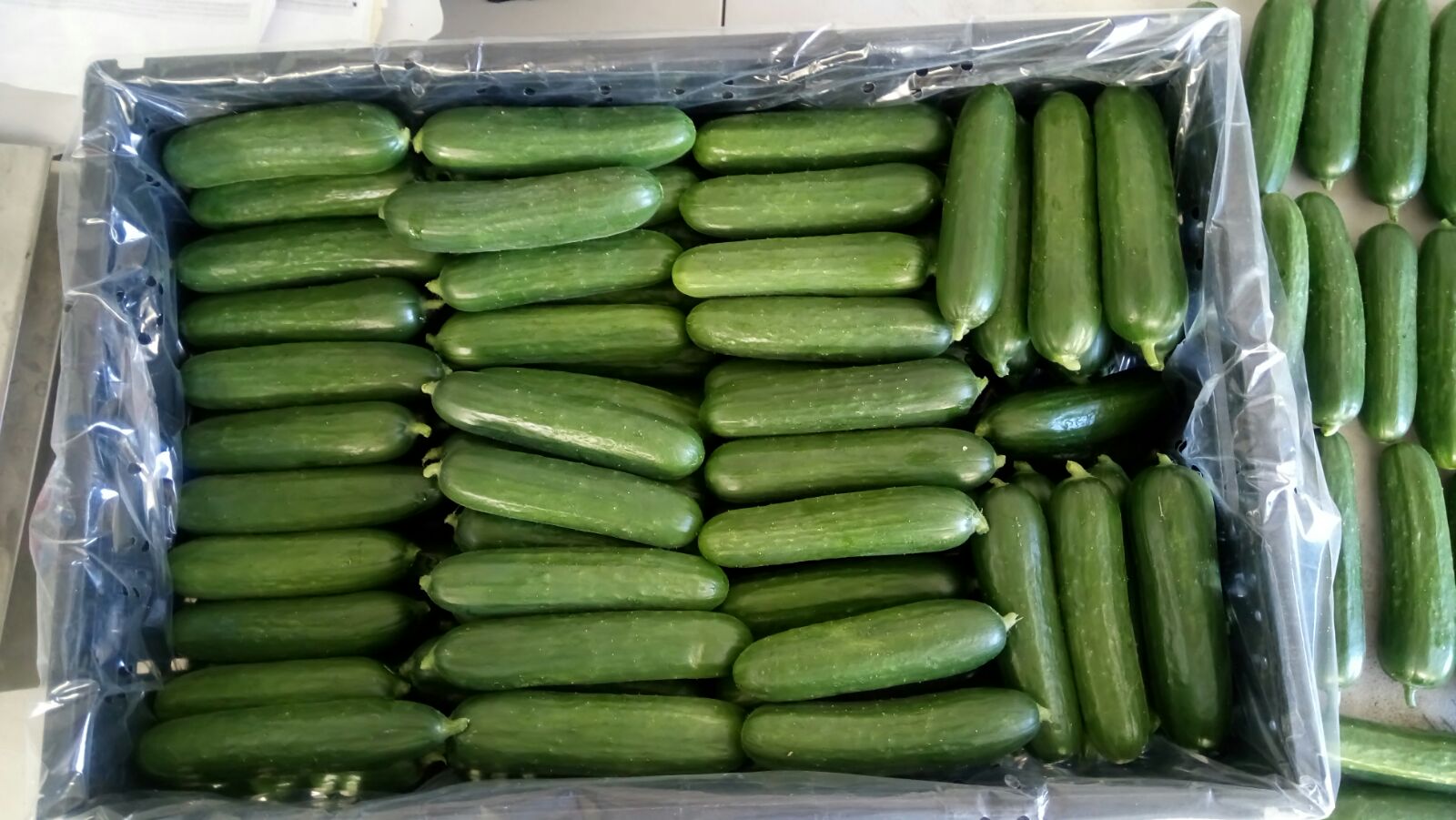
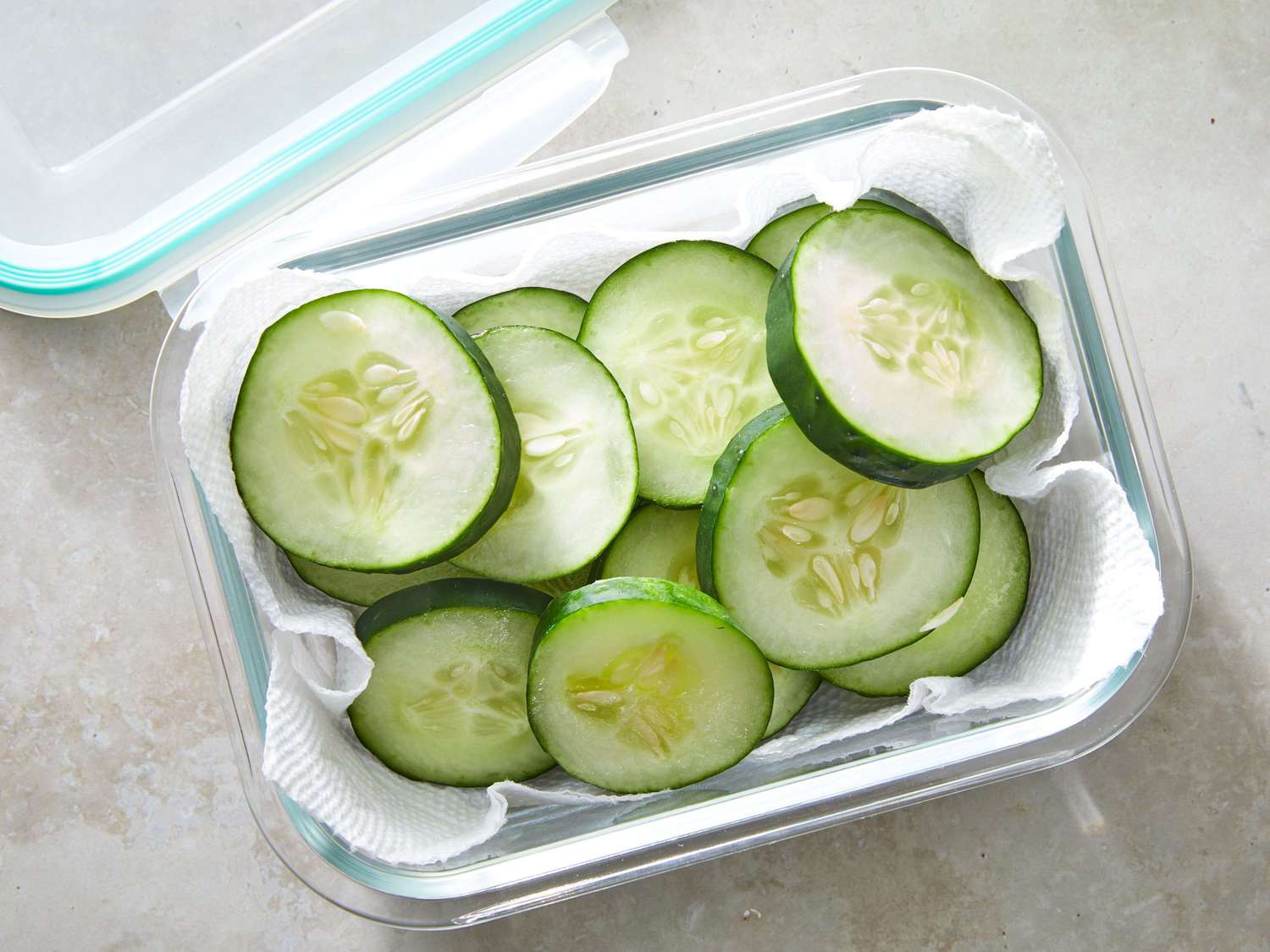
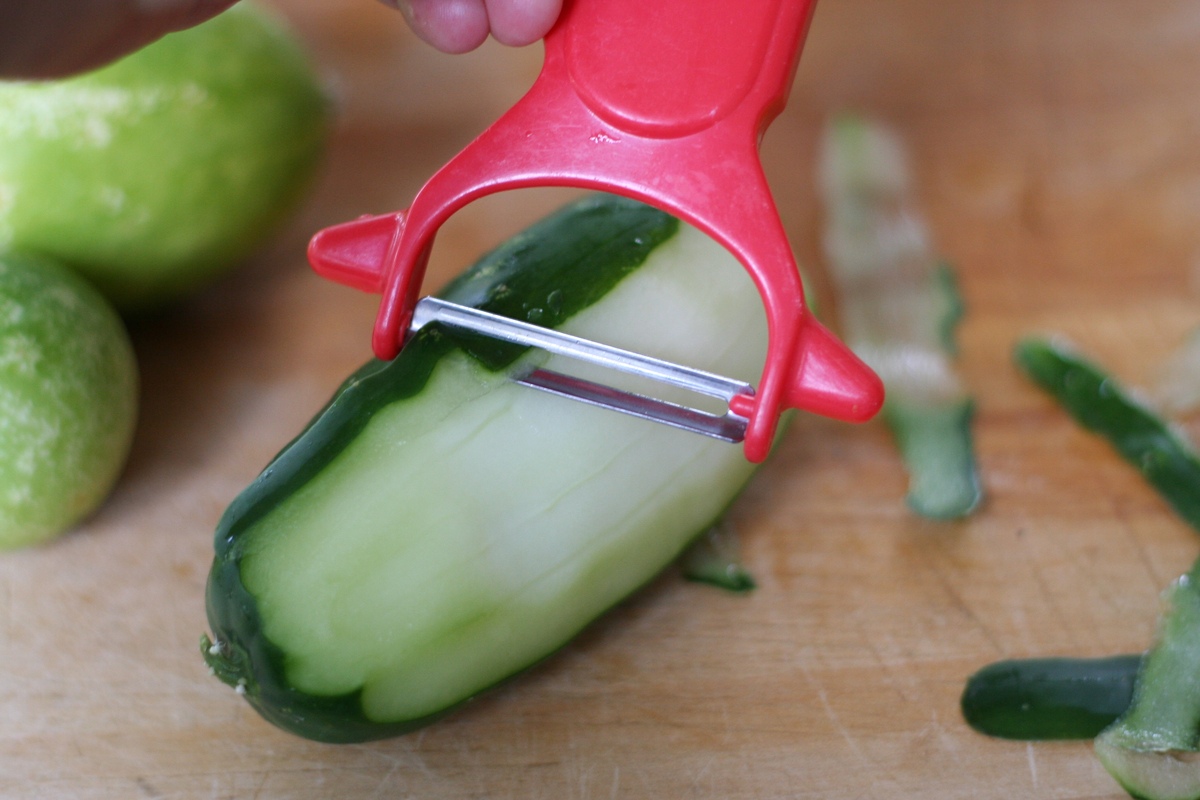
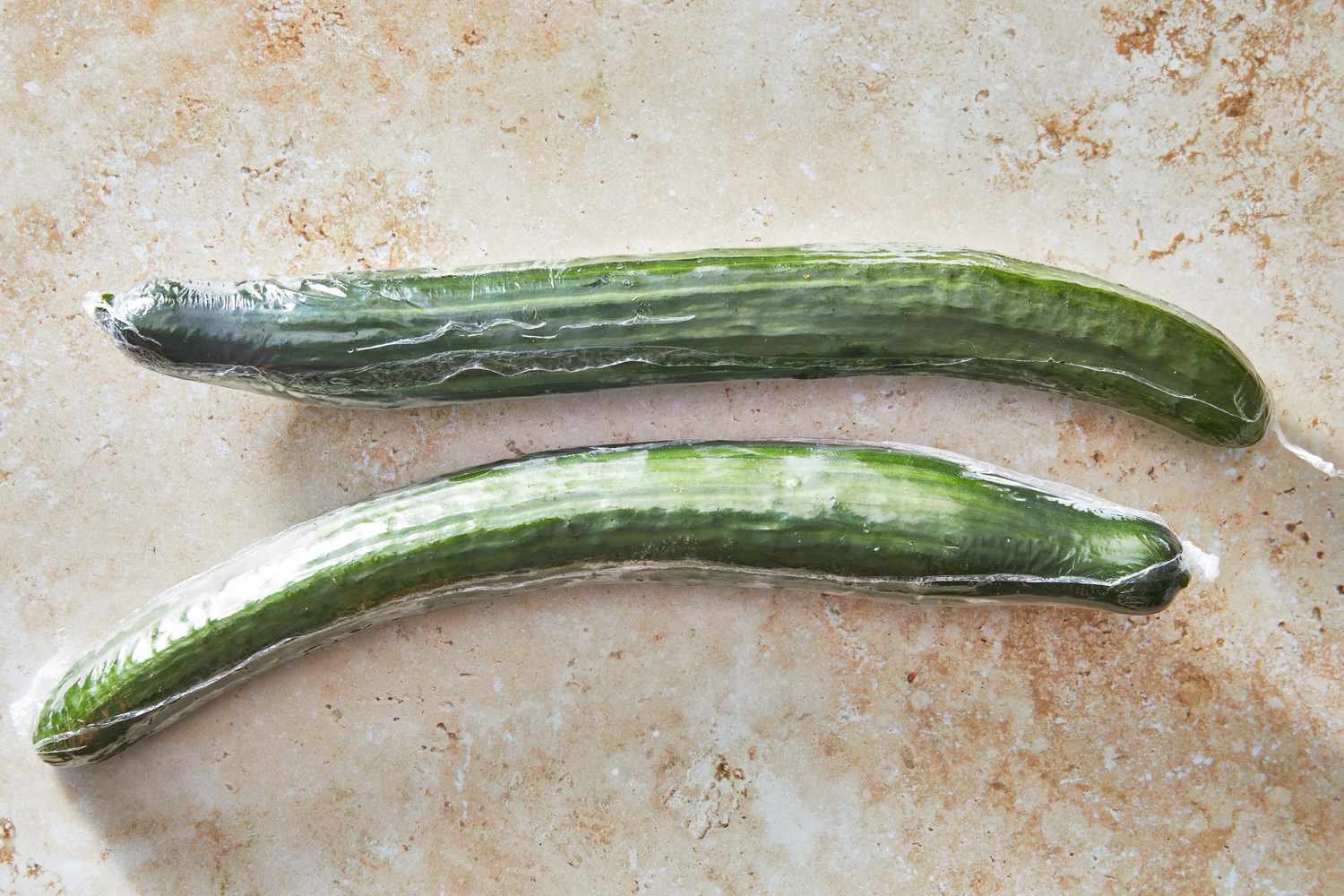

0 thoughts on “How To Seed A Cucumber”